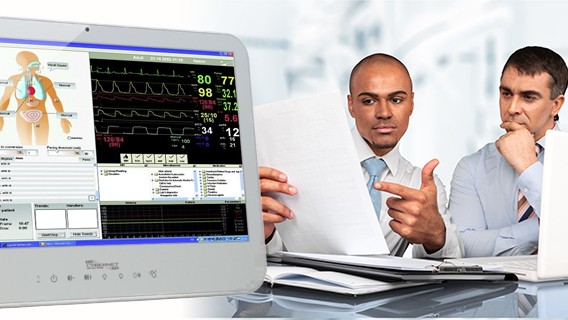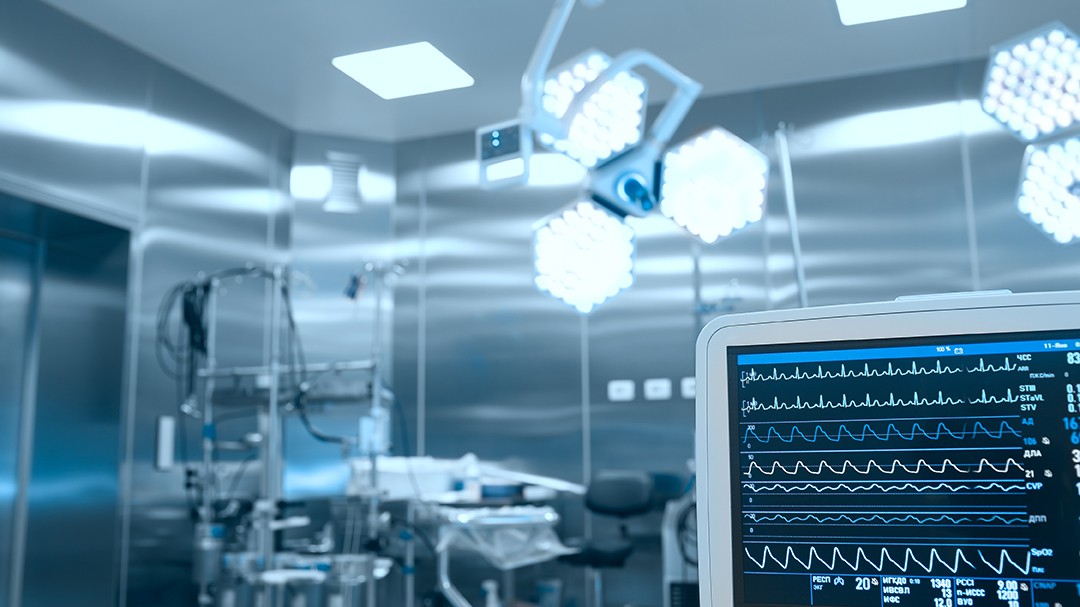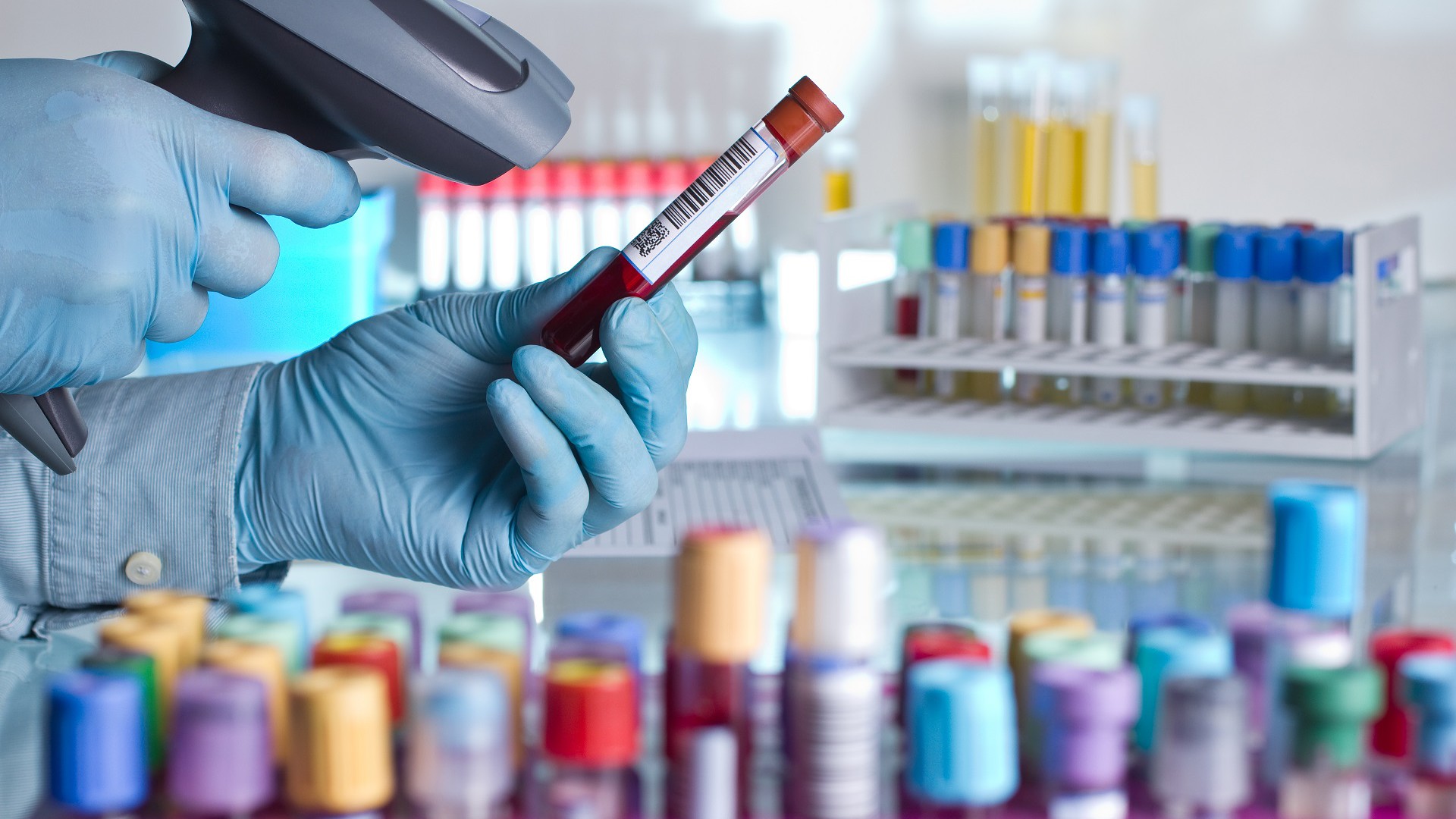Playwright George Bernard Shaw once famously said: “The single biggest problem in communication is the illusion that it has taken place.” Anyone who’s ever worked in a hospital (or healthcare in general) can attest to just how sadly true that sentiment is.
And while there are thousands of reasons why communication is so difficult, from employee/employee communication to doctor/patient communication, let’s try to focus on the solutions.
We’ve gathered information on hospital communication, what works and what doesn’t, complete with suggestions about the kind of technology and workflow that can transform everyday tech like cellphones and computers on wheels into communication hubs for every link along the communication chain.
Keeping the Lines Clear Between Staff Members
Article Guide
According to a survey conducted through the APPrise Mobile, 78% of healthcare communicators found it difficult to maintain lines of communication with healthcare employees, who are bogged down with heavy workloads, lack of technological access while moving around the hospital, and odd work hours and schedules.
Another study by CRICO Strategies shows that lack of communication, or straight up miscommunication is the cause of 30% (1 in 3) malpractice suits. And while some of this is patient-doctor communication (which we’ll get to in the next section), a good chunk of it is also botched communication between doctors, nurses, admin, and other staff, too.
But how do we improve the channels of communication on the hospital side? First off, electronic medical records (now a requirement) must be accessible at all times. This can be difficult due to HIPAA and basic security concerns, which is where devices like dedicated medical computers, medical tablets, and managed mobile phones come in to play. The benefits of a hospital-owned, dedicated medical computer are that they can come with built-in security options like biometric fingerprint readers, RFID badge scanners, and smartcard/CAC readers.
When set up properly, any nurse or doctor can grab any desktop terminal, COW, or medical tablet and unlock the most sensitive patient data at any time without cause for concern — two-factor authentication (combining fingerprint and a password, for instance) being extremely difficult if not impossible to crack. This increases clinician knowledge of their patient and makes that knowledge more portable and readily accessible, decreasing the chance of mistakes being made.
It’s also important to train clinicians on how to properly flag important information in the EMR itself. Sure, a nurse can enter “lower abdominal pain” in a data field somewhere, but if the doctor simply misses it or skips over it (easy to do in a constant black-and-white text scroll), that can have tragic repercussions.
However, with proper training (and the right EMR program), doctors and nurses can set certain data fields “flagged” or “important,” which will usually give some kind of visual indicator of importance. It may be red text, or a highlight, or a colored box, something that’s hard to miss and could literally save lives.
Talking with Patients Isn’t Enough
Communication with patients is obviously just as important — a patient who doesn’t receive (or understand) his doctor’s instructions has a pretty slim chance of improving.
There are two forms of communication with patients, once you break it all down: communication with the patient while they’re present in the doctor’s office, exam room, or hospital bed, and communication with the patient when they’re at home or elsewhere. And while in-person communication has always been the most vital, there’s no denying that it’s what happens after the doctor is gone that really determines a patient’s outlook.
According to a study by UCSF, 25% of hospital readmissions could likely be prevented with better patient communication.
Communication in the Facility
While a conversation between doctor and patient, or nurse and patient, may feel sufficient, not every person learns the same way. Sometimes it’s just a question of preference or aptitude: some people are better at visual learning, while hands-on instruction may prove more beneficial to some patients.
And, of course, there are physical or mental limiters that can affect patient information absorption, like visual or hearing impairments, or conditions like dyslexia. The idea is that it’s wise to provide patients with multiple options for communication so that they can use the form that works best for them.
A combination of training and technology can create these avenues that allow patients to retain important health information. For instance, doctors can help visual learners with a nearby medical monitor or computer-on-wheels, showing them relevant anatomical diagrams, videos of their procedure/condition, and even animations that give their health condition or concern an easy-to-remember visual element.
For hands-on learners (also called “kinetic” learners), something like a touchscreen medical tablet is a fantastic choice. Loaded with the proper software, a doctor, nurse, or assistant can guide a patient through interactive learning materials that will ensure the most important information about the patient’s condition doesn’t get missed.
Remember: a patient who knows and understands their conditions becomes a partner in their ongoing health instead of feeling like a helpless bystander.
Communication Outside of the Facility
Of course, most of a patient’s life is outside of the exam room. They need to be empowered with the knowledge that will help them make healthy choices about their condition without a nurse standing by to hector them.
Patient portals are a good start — giving them somewhere to go to send quick questions to their doctor. Of course, that implies that the patient is actively seeking out answers about their condition, and thus may not be the most ideal targets for intervention.
Telehealth and telehealth-like apps have created an environment where patients can be treated without a visit to the office. This also includes mobile health apps like FitnessTracker (which helps record calories, macronutrients, and exercise) to programs that track blood sugar (connected to a smart blood sugar tester), and even AI chatbot applications that can answer easy questions right from a smartphone by combing through terabytes of medical knowledge and frequently asked questions. Other apps actually send notifications to patients, reminding them about appointments, when its time to take their medication or test their blood sugar, and a hundred other little health reminders that can make a huge difference.
Encouraging patients to make use of these apps, and even developing programs that allow patients to connect to hospital staff through these apps, can greatly increase patient outcomes while at the same time limiting readmissions and unnecessary appointments.
Silence is NOT Golden
There are no two ways about it: when it comes to healthcare, silence kills. Whether that silence (or miscommunication) is between clinicians or with patients, mistakes that otherwise would be unthinkable happen on a daily basis.
If you’re thinking of trying out new communication methods or learning more about deploying medical computers and other platforms, reach out to Cybernet today.
How Medical Computers Are Revolutionizing the Healthcare Industry
October 4, 2015
Medical computers manage patients’ information and allow functions like writing & tracking prescriptions, managing patient billing and tracking all aspects of a patient's medical care. Medical computers are…
0 Comments6 Minutes
Improve Interoperability with the Right Medical Computers
September 25, 2018
Every organization consists of different departments working in sync together to move forward. This is doubly true with healthcare organizations such as hospitals, which measure success in lives saved and patients…
0 Comments7 Minutes
3 Unique Point of Care Uses for Medical Computers
December 1, 2017
The term "point of care" may be a little bit unclear, so let's start off with defining what that means. Point of care testing suggests any medical treatment that can be done specifically where the patient is located.…
0 Comments6 Minutes
You Can't
Learn from a Pop-up
But we can deliver knowledge to your inbox!
We dive deep in the industry looking for new trends, technology, news, and updates. We're happy to share them with you.
Knowledge, News, and Industry Updates Right in Your Inbox





